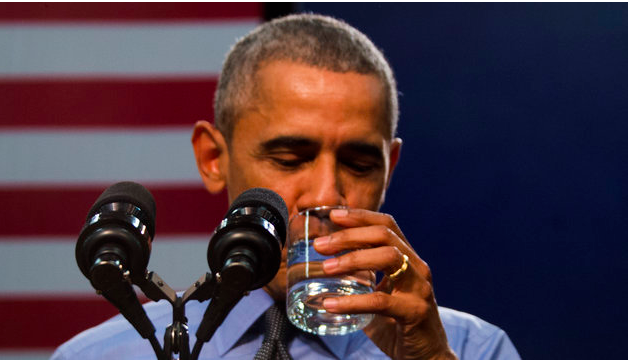 Many lawyers adopt a simple approach to settlement negotiations. They play a game of splitting the difference. Once the two sides have established a bid and ask or otherwise defined the top and bottom of the range, settlement talks consist of each side taking a step towards the middle. If one side makes an offer 5% closer to the mid-point, then the other side responds with a similarly proportioned counter-offer. This sort of negotiation can take on a mechanical or even ritualistic flavor and a mediator’s role can be limited to just “carrying water” from one room to another.
Many lawyers adopt a simple approach to settlement negotiations. They play a game of splitting the difference. Once the two sides have established a bid and ask or otherwise defined the top and bottom of the range, settlement talks consist of each side taking a step towards the middle. If one side makes an offer 5% closer to the mid-point, then the other side responds with a similarly proportioned counter-offer. This sort of negotiation can take on a mechanical or even ritualistic flavor and a mediator’s role can be limited to just “carrying water” from one room to another.
But an effective mediation involves more than that and a good mediator is never content simply carrying water. Opening way high, if you’re on one side, and responding way low, if you’re on the other, does little to get cases settled. No meaningful messages are sent because both sides have evaluated the case beforehand and know that overly high or low proposals are just that – proposals that have no chance of success and do not invite the other side into a meaningful negotiation.
Cases progress towards settlement when reasoned offers and counteroffers are made – proposals that are understood and can be effectively analyzed by the other side. An offer has a better chance of acceptance when it is made in proper context and is accompanied by the “thinking” that underlies the offer being made. When a similarly crafted response is communicated in return, a conversation occurs about the key issues in dispute until a compromise is reached. In my mediations, I urge the parties to quickly find and identify the real gap that separates their expectations and desires – and to abandon a more mechanical and reflexive negotiation approach as soon as possible.
In this way, I assist the parties in direct, substantive negotiations on the merits. The parties communicate their needs and understandings. Unclear statements are clarified. Questions are answered. Assumptions are examined. Proposals are conveyed and considered; counterproposals are analyzed and responded to. These actions are repeated contemporaneously with the exchange of revised offers and counteroffers until a final, informed agreement is reached.






[…] some aurally-inclined, some visually, some physically. As I have written in other blog posts and articles, I believe that most conflict is caused by usually unintentionally poor communication. A […]